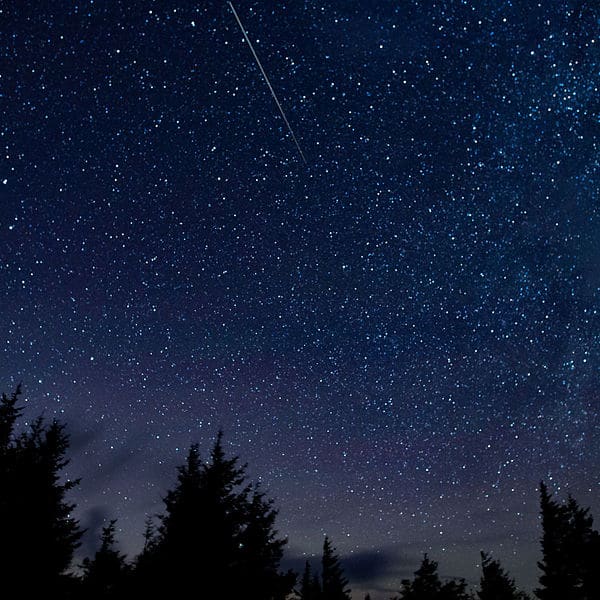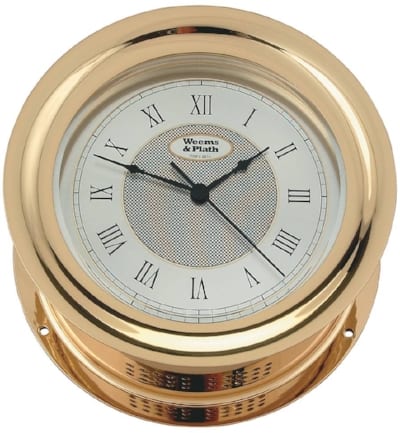Fireworks supplied the action in the evening sky in July, but in August the nights will be bright thanks to the Perseid meteor shower. Fortunately, we’ve got some choice viewing spots—and expert viewing advice—here in the Chesapeake region.
Considered by NASA to be the year’s “best” meteor shower, the Perseids are expected to peak this Wednesday and Thursday. They are renowned for their brightness and frequency; NASA says this type of meteor is known for its colorful trail of light, and estimates that 50 to 100 of them can be seen each hour.
What’s more, Perseids can appear as fireballs, “larger explosions of light and color that can persist longer than an average meteor streak,” says NASA.
Anne Verbiscer, Research Professor in the Department of Astronomy at the University of Virginia, explains how and why the Perseids come to produce such a stellar performance around this time each year:
“This meteor shower is special/unique because it has consistently put on a nice ‘show’ each August when the Earth sweeps through the debris left behind by Comet Swift-Tuttle. Swift-Tuttle is on an elliptical 133-year orbit, so it’s made many trips into the inner solar system, leaving behind a trail of dust particles in its path. Earth smashes into that trail every mid-August.”
Verbiscer says the shower will peak on Wednesday and Thursday, August 12 and 13, when skywatchers can expect to see one to two meteors per minute.
According to NASA, the meteors may be visible beginning around 10 p.m., although the best viewing opportunities will be in the hours before dawn.
How much you’ll see depends on the weather and light conditions; clear skies and finding an area with little to no “light pollution” (anything that lights the outdoors, making stargazing difficult) increase your odds of spotting meteors.
Christopher Carone, Professor and Chair of Physics at William & Mary, says that even a bright moon could hinder your viewing experience.
“If you are in a dark area, away from the city, you also should try to pick a location where you have something (a tree, a building, etc) that blocks any light coming from the moon. A bright moon can also make it difficult for your eyes to adjust and pick up the dimmer trails left by the meteors.”
If you’re unable to find a dark spot in your neck of the woods, the Chesapeake region is home to two International Dark Sky Parks, public or private land that offers a protected nocturnal environment and excellent views of the night sky.
James River State Park in Gladstone, Virginia isn’t currently allowing visitors to come and go through the evening and early morning hours, but those staying at a park campsite or cabin are sure to have a good viewing opportunity.
Staunton River State Park in Scottsburg, Virginia is also welcoming guests at its campsites and cabins, and visitors are welcome after dark for a small fee. For those hoping to see the meteor shower, the park recommends bringing bug spray, lawn chairs or a blanket, and some patience.
In Hanover, Pennsylvania, not far from the Susquehanna River, Codorus State Park will be holding special events dedicated to the meteor shower.
–Laura Adams Boycourt




